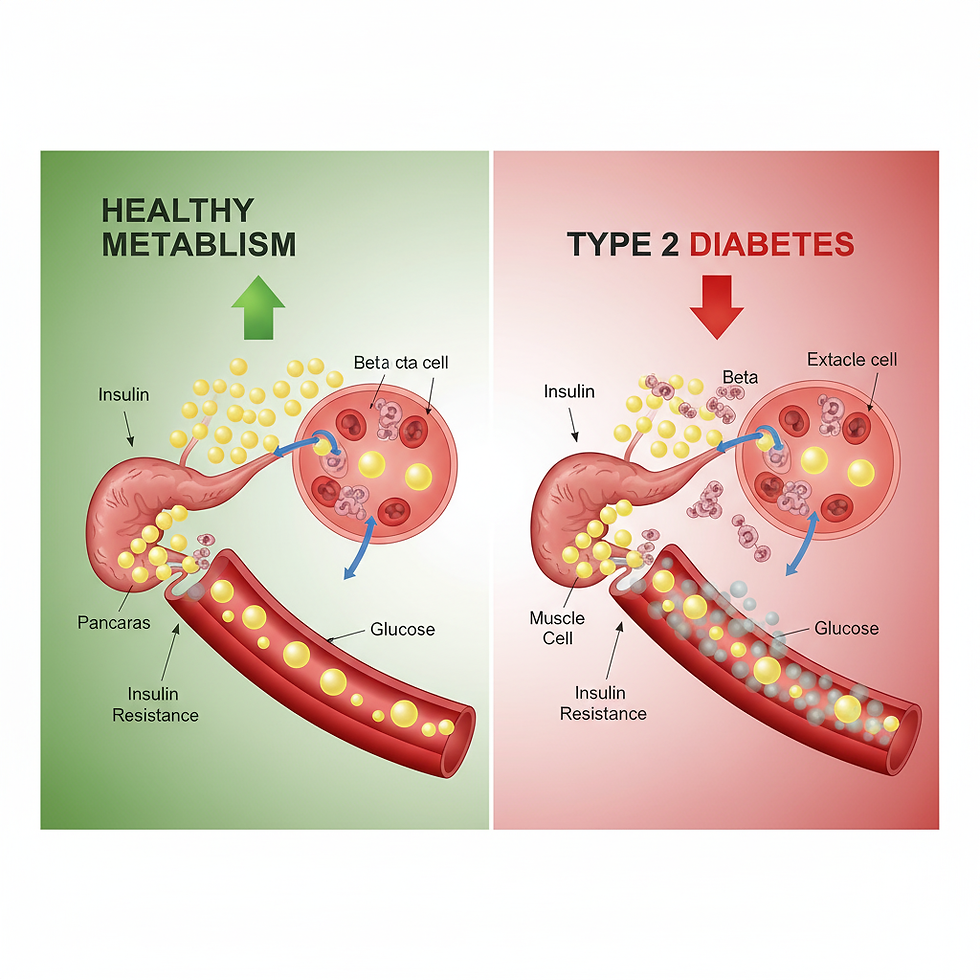Sanitation & Hygiene
- NCNCR

- Jul 17, 2024
- 2 min read

Sanitation: The Infrastructure of Health
Sanitation primarily refers to the provision of facilities and services for the safe disposal of human excreta (feces and urine) and domestic wastewater. It is the crucial step that prevents human contact with hazardous waste, breaking the fecal-oral disease transmission route.
Key components of sanitation include:
Toilets and Latrines: Providing hygienic facilities that separate human waste from the environment.
Wastewater Management: Systems for the collection, transport, treatment, and final disposal or reuse of sewage.
Solid Waste Management: Proper collection and disposal of garbage.
The highest level of service is considered "safely managed sanitation," which means using improved, non-shared facilities where excreta is safely disposed of in situ or transported and treated off-site. Without adequate sanitation, infectious agents contaminate drinking water, food crops, and the general environment, leading to widespread illness.
Hygiene: The Behavioral Shield
Hygiene refers to a set of personal and environmental practices that help maintain health and prevent the spread of diseases. It is the behavioral component that maximizes the benefit of sanitation infrastructure.
Key hygiene practices include:
Handwashing: Washing hands with soap and water at critical times, such as after using the toilet, before preparing food, and before eating. This is widely cited as the single most effective and cost-efficient public health intervention.
Food Hygiene: Safe handling, preparation, and storage of food to prevent foodborne illnesses.
Personal Cleanliness: Practices like bathing, brushing teeth, and menstrual hygiene management.
Respiratory Hygiene: Covering coughs and sneezes to prevent the spread of respiratory germs.
Public Health Impact
The combination of sanitation and hygiene practices (often referred to under the umbrella of WASH: Water, Sanitation, and Hygiene) has a transformative impact on health and development:
Disease Prevention: They are the first line of defense against numerous infections, most notably diarrheal diseases (like cholera and dysentery), which are a leading cause of death in children under five. They also prevent the transmission of neglected tropical diseases like trachoma and intestinal worms, as well as respiratory infections and waterborne illnesses.
Improved Nutrition: Recurrent diarrhea from poor sanitation and hygiene prevents the body from absorbing nutrients, contributing to malnutrition and stunted growth in children.
Socio-Economic Benefits: Improved WASH services contribute to increased productivity, lower healthcare costs, higher school attendance (especially for menstruating girls who need private, clean facilities), and overall dignity and safety. For every $1 invested in sanitation, there is a significant return in economic benefits.
Globally, a lack of access to basic sanitation and hygiene remains a major challenge, putting billions of people at risk and underscoring the necessity of achieving Sustainable Development Goal 6, which aims for universal access to safe water and sanitation for all.
.png)

Comments